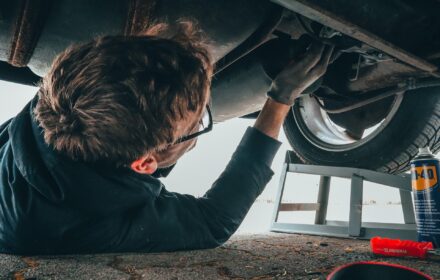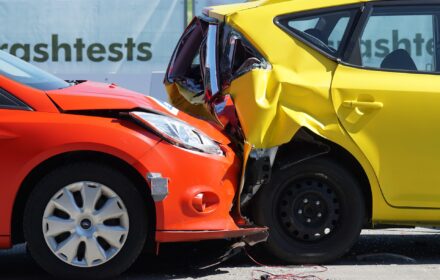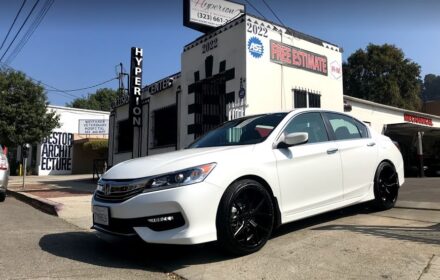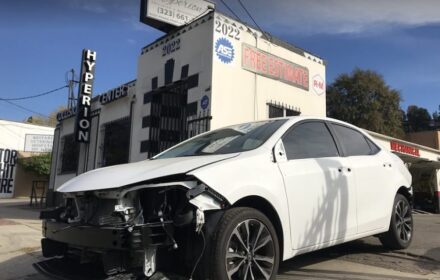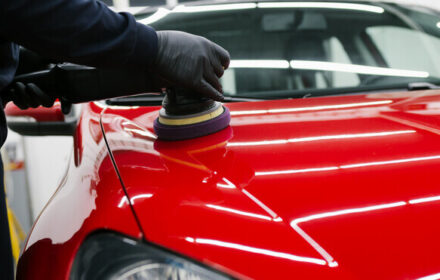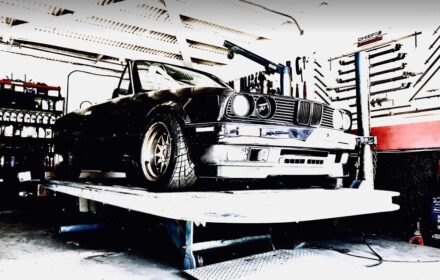Driving in sunny California can be fun but carries with it a certain amount of risk. No matter how careful you are, there’s always a chance that you’ll get into a traffic accident. Whether it’s just a mini fender bender or a major accident, you need to be fully aware of what you need to do, so you don’t end up making mistakes that are going to cost you big.
More importantly, you should have a good understanding of how your car insurance works in the state of California.
Minimum Coverage
California is an at-fault state which means that if you ever get into an accident, an authorized individual will need to determine whether or not the incident was your fault. If it is determined that you are at fault, then you will bear the financial responsibility for that accident. What that means is that you will be required to pay for your own repair bills and even the other party’s.
Of course, there are times when the accident is not solely one driver’s fault. If this happens, the insurer will determine how much of the accident is your fault based on the details of the accident.
For example, you suddenly switch lanes and got hit by a speeding car. Both of you will be partly to blame for the accident. The insurer may determine that 40% of the blame is on you and 60% of the blame is on the other driver.
This degree of negligence/responsibility will affect your claim settlement depending on the state you live in. In California, insurers use pure comparative negligence. This means that you will be able to recoup expenses related to the accident from the other driver based on the degree to which they were found negligent.
Let’s use the same example. Since the other driver is found to be 60% at fault, then his insurance company may pay up to 60% of your repair and medical bills. Your insurance will pay for the remaining 40%.
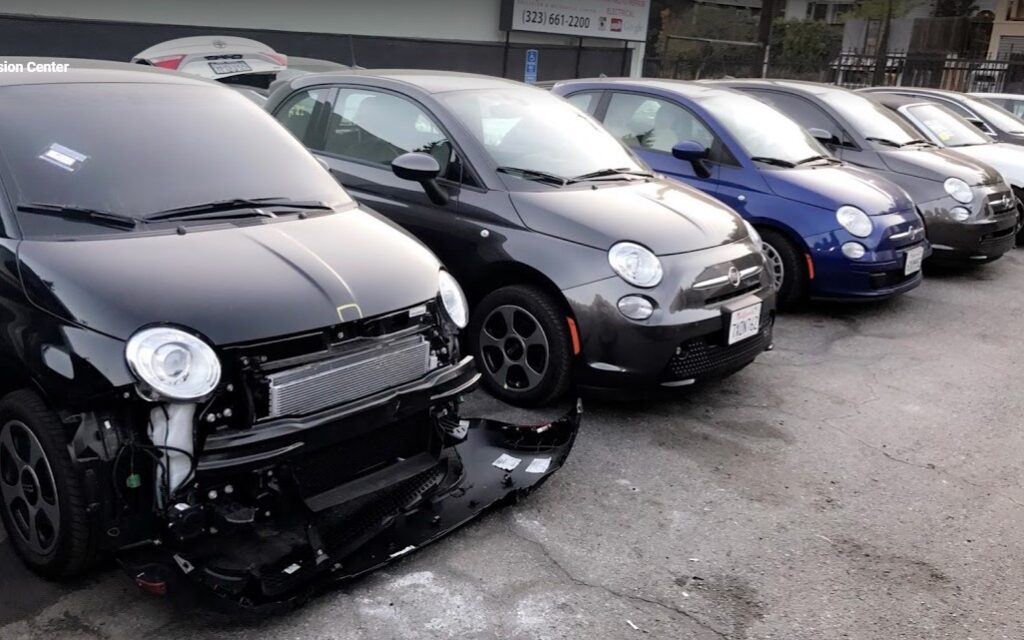
Because of this, California requires all drivers in the state to carry minimum liability insurance in a 15/30/5 ratio. This means:
- $15,000 for the injury or death of one person due to an accident caused by the owner of the insured vehicle.
- $30,000 for total bodily injury or death due to an accident caused by the owner of the insured vehicle.
- $5,000 for property damage for each accident caused by the owner of the insured vehicle.
Take note that it is illegal to drive in California without this minimum coverage. However, you are not required to purchase Medical Payment Coverage or carry Uninsured/Underinsured Motorist (UUM) Coverage.
In addition to the minimum coverage, the state also requires drivers to always carry proof of insurance (also known as forms of financial responsibility). These are:
- a copy or print-out of your insurance policy
- a self-insurance certificate issued by the DMV*
- a cash deposit of $35,000 with your local DMV*
- a surety bond for $25,000 from a company licensed to do business in California
*if you don’t want to avail insurance from a private company or from the state’s insurance program for low-income drivers
Filing a Claim in California
It’s important that you notify your insurance company of the accident immediately, especially if you believe the other driver is at fault. This gives your provider the opportunity to inform you right away regarding everything you need to do to file a claim. Waiting too long can increase the likelihood of your claim being denied. More importantly, most insurers require you to notify them about an accident within a limited amount of time.
Take note that you will also need to notify the California DMV within 10 days of the accident if anyone was injured or killed in the accident or if the property damage caused by the accident exceeds $750. Failure to do so could result in the suspension of your driver’s license.
Once notified, your insurance company is required by California law to get in touch with you within 15 days of receiving notice of your claim. They will assign an adjuster to your case. He or she will need to contact you and get your statement as well as gather evidence to help him/her determine who is at fault and what the damages are. He or she will also be providing you with an initial estimate of the cost of repairs.
During the claims process, insurers will typically recommend one of the repair shops in their network. However, you do have the option to choose a collision center near you, repairing it yourself, or not repairing it at all. Keep in mind that your choice may affect how your claim is processed and how much money you will get.
If you use a preferred repair shop, the insurance company usually pays them directly. If you decide to choose your own mechanic or do the work yourself, the insurance company will cut you a check and let you handle the bill.


